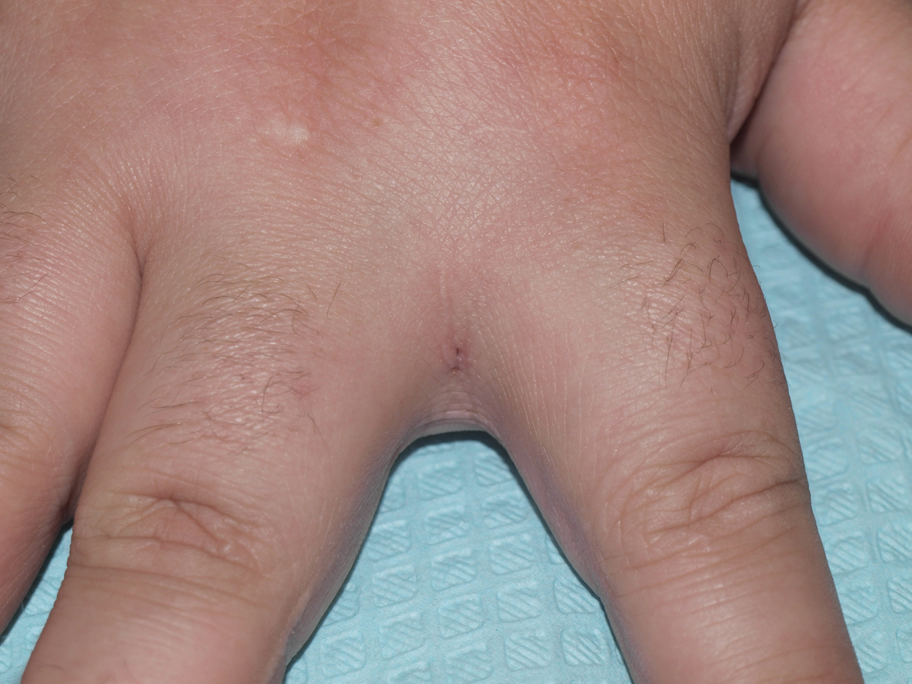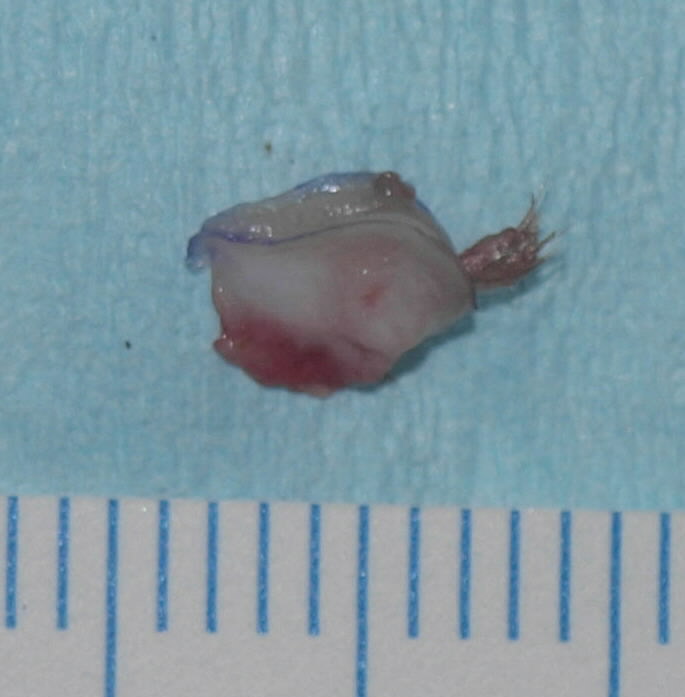Back to 2014 Annual Meeting Abstracts
Recurrent Interdigital Pilonidal Sinus in a Dog Groomer: A Case Report
Lauren B. Shikowitz-Behr, MD, Alan M. Freedman, MD.
North Shore - LIJ Health System, New Hyde Park, NY, USA.
BACKGROUND
Diseases of the hand are frequently evaluated and treated by plastic surgeons. Still, on occasion, an unusual diagnosis or diagnostic dilemma may arise. Pilonidal sinus disease of the web spaces of the hand is an atypical presentation of a disease commonly afflicting other areas of the body, namely the sacrococcygeal area. The cause of interdigital pilonidal sinus disease as well the clinical progression may vary from that of other parts of the body.
METHODS
The authors developed a case report based on the following patient encounter. A 24 year old male, working as a dog groomer, presented to the plastic surgeon’s office complaining of pain and irritation at the second web space of his right hand. Physical examination revealed a 0.8 cm abscess, for which he was treated with incision and drainage. Cultures resulted in Proteus mirabilis and patient completed a course of oral antibiotics. The patient presented again, four weeks later, with a recurrent abscess at the same location. Excision and closure was performed, this time removing a wedge of skin containing two short animal hairs. Cultures and pathology specimens from the second procedure yielded Pseudomonas aeruginosa, Citrobacter freundii, and enterococcus. The pathology report noted a cystic follicle with surrounding fibrosis and focal hemosiderin, consistent with diagnosis of pilonidal sinus disease. The above clinical vignette prompted a literature review on the topic of pilonidal sinus disease of the interdigital spaces. Pub-med search was conducted with the key words pilonidal sinus, pilonidal disease, interdigital space, web space, sinus tract, hand.
RESULTS
Pilonidal sinus disease is a rather well known entity in the field of colon and rectal surgery. It typically presents as an acquired disease arising in the sacrococcygeal area. However, the literature reports incidences of pilonidal sinus disease diagnosed in other regions of the body. While rare, pilonidal sinuses have been observed on the scalp, neck, axilla, abdomen, suprapubic region, penis, groin, and interdigital spaces.
Interdigital disease, while diagnosed rather infrequently, is considered to be an occupational disease of those handling short, coarse hairs, most commonly encountered in barbers, but also reported in dog groomers, sheep shearers, and cow milkers. It is postulated that trauma causes these course hairs to become embedded in the interdigital fold, subsequently leading to chronic inflammation and sinus tract formation.
CONCLUSION
The diagnosis of pilonidal sinus disease must be considered during the clinical evaluation of interdigital abscesses, especially in patients whose occupations were noted above. Proper management of this uncommon condition is paramount, since inadequate excision of the sinus tract and incomplete foreign body removal may lead to recurrent disease.
 
Back to 2014 Annual Meeting Abstracts
|




